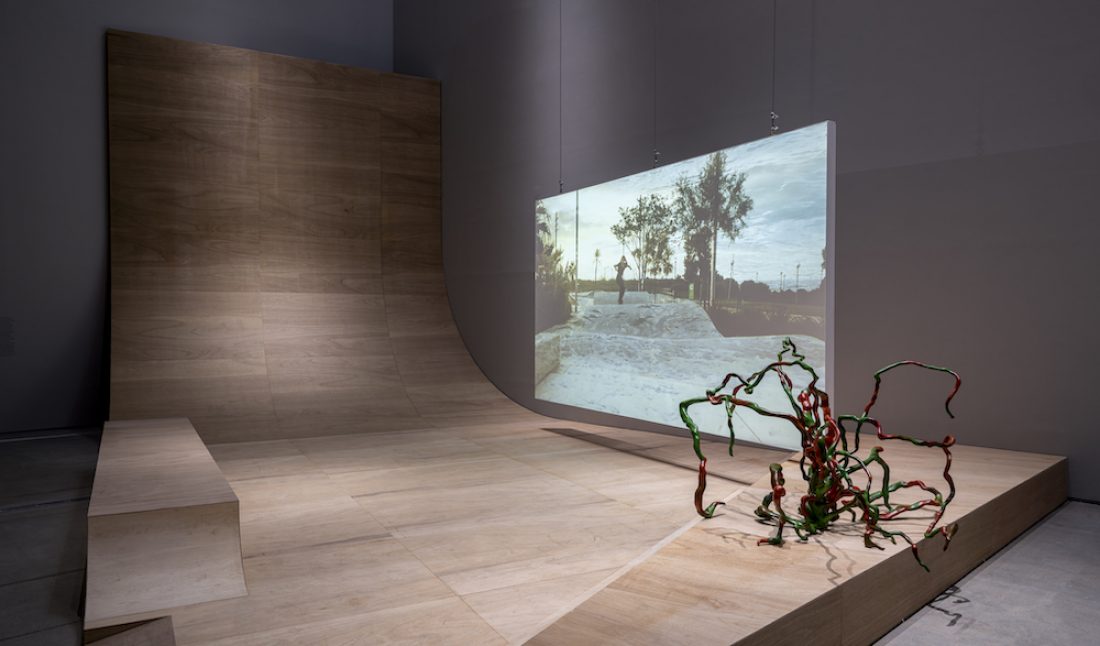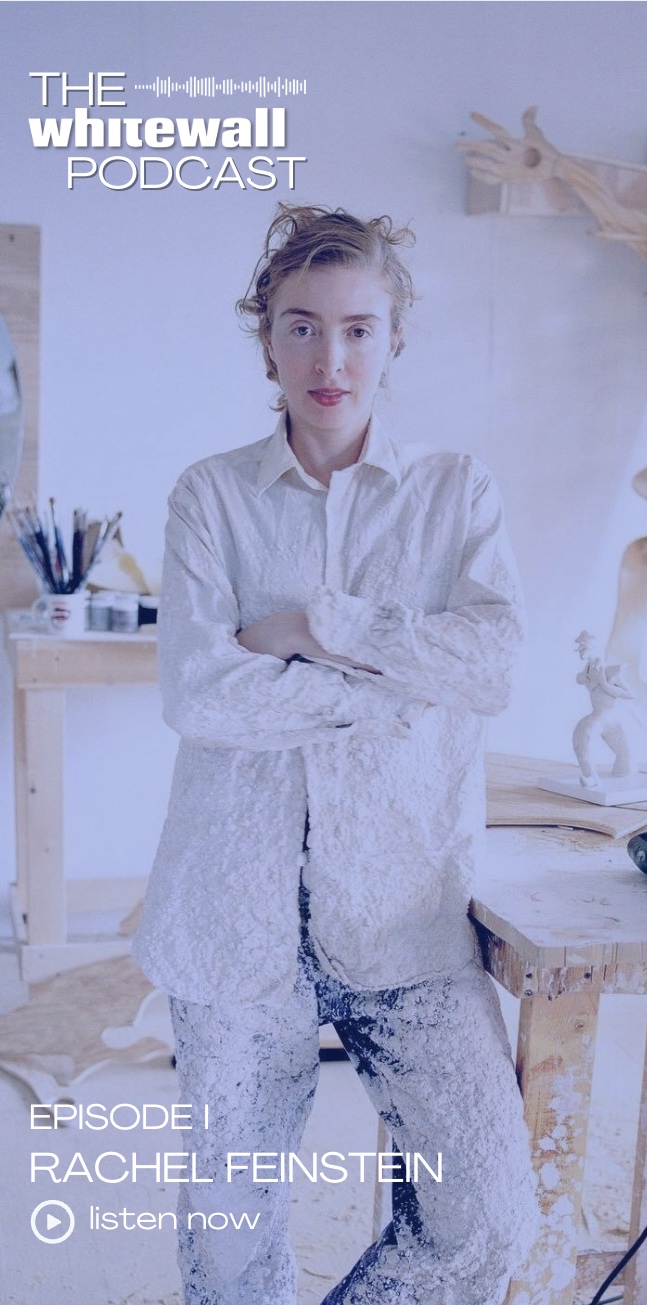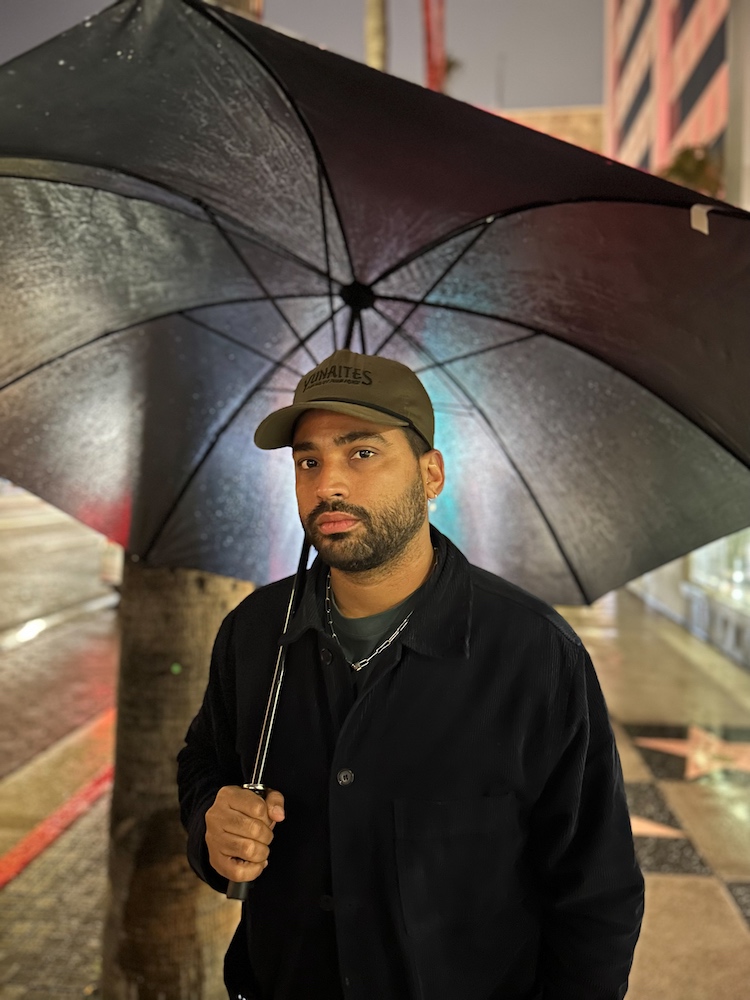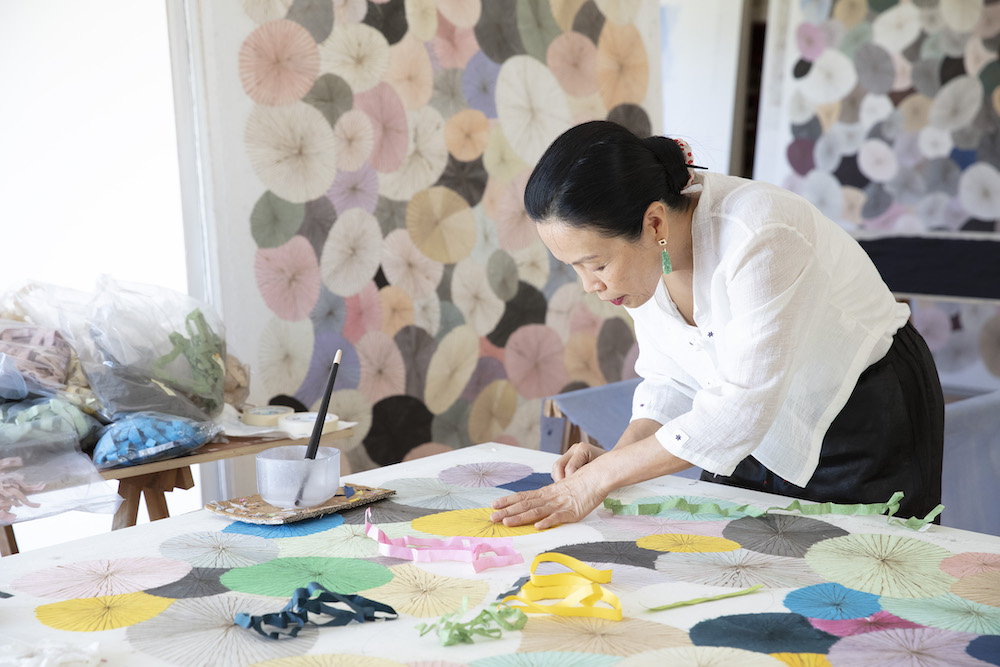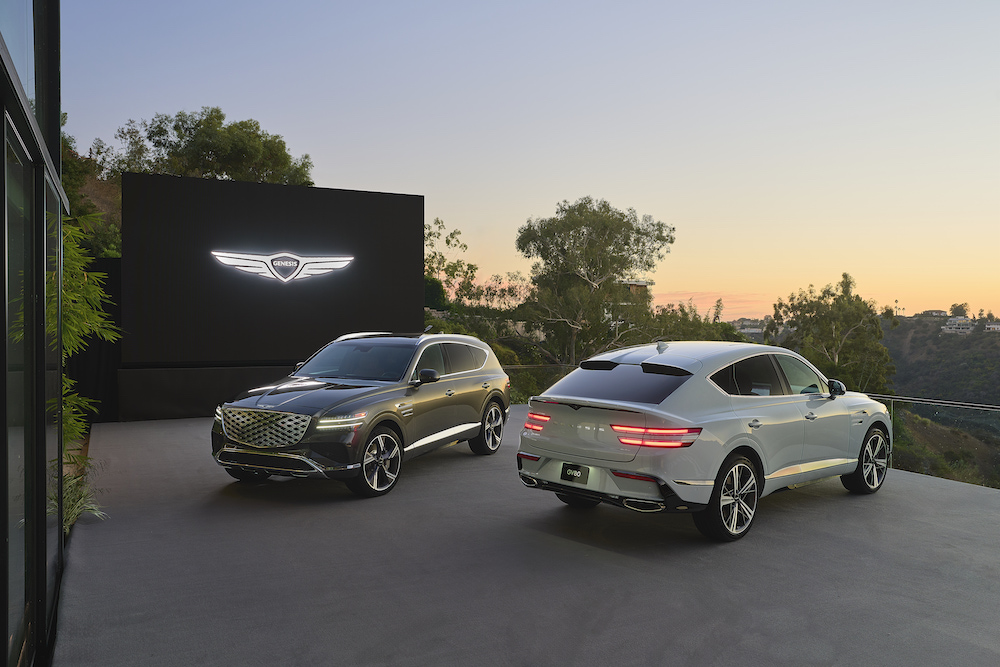The National Museum of Modern and Contemporary Art, Korea (MMCA) was founded in 1969. At the time, it was the only art space in the nation to host both modern and contemporary art by Korean and international artists. Today, the museum’s curator, Sooyon Lee, has an affinity for institutional programming that reflects art in history and culture.
Her degrees in linguistics and art history from Seoul National University, as well as her current PhD studies at Cornell University, center research in visual language implemented through digital media. Her interest in artists’ conditions, and their abilities to facilitate new visual languages in a global context, is apparent in recent MMCA shows, such as “Project Hashtag” in 2021, “Paik Nam June Effect” in 2022, and the Korea Artist Prize 2023. Lee spoke with Whitewall about her approach to curating exhibitions at MMCA, how Seoul’s art landscape is changing, and why it’s crucial to share local ideas with international patrons interested in the “Korean wave.”
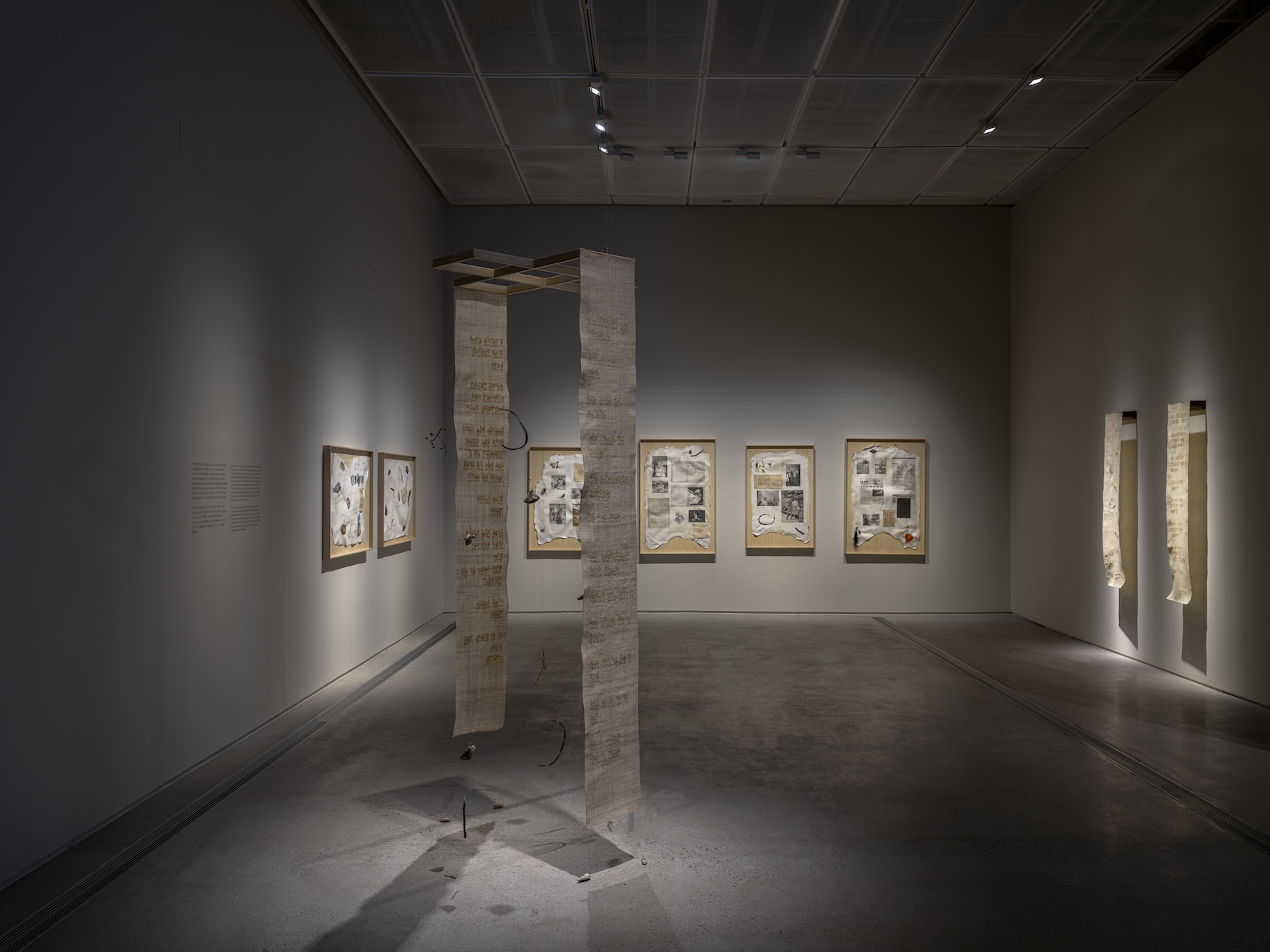 Installation view of Korea Artist Prize, courtesy of MMCA.
Installation view of Korea Artist Prize, courtesy of MMCA.
Soyoon Lee Takes on Topics like the Metaverse at MMCA in Seoul
WHITEWALL: How does MMCA’s focus on showing both modern and contemporary artworks impact your curatorial approach?
SOOYON LEE: Most major museums, including the National Museum of Modern and Contemporary Art, typically take two to three years to organize a major exhibition. In the contemporary art scene, where the keywords of “contemporary art” change rapidly every year and new artists emerge, it is not an easy task to spend a long time and take a long breath to organize an exhibition. Therefore, as a museum curator, when planning an exhibition, I try to rethink newly emerging concepts and themes in light of art history, so that the exhibition can show various layers in a historical and social context.
For example, the topic of metaverse in contemporary art has been hot lately, and as I work on a proposal for an exhibition at the museum, I’m incorporating not only the metaverse but also historical pseudo-metaverse concepts such as ideology, virtual reality, and cyberspace, and researching how virtual spaces have historically played a role in society.
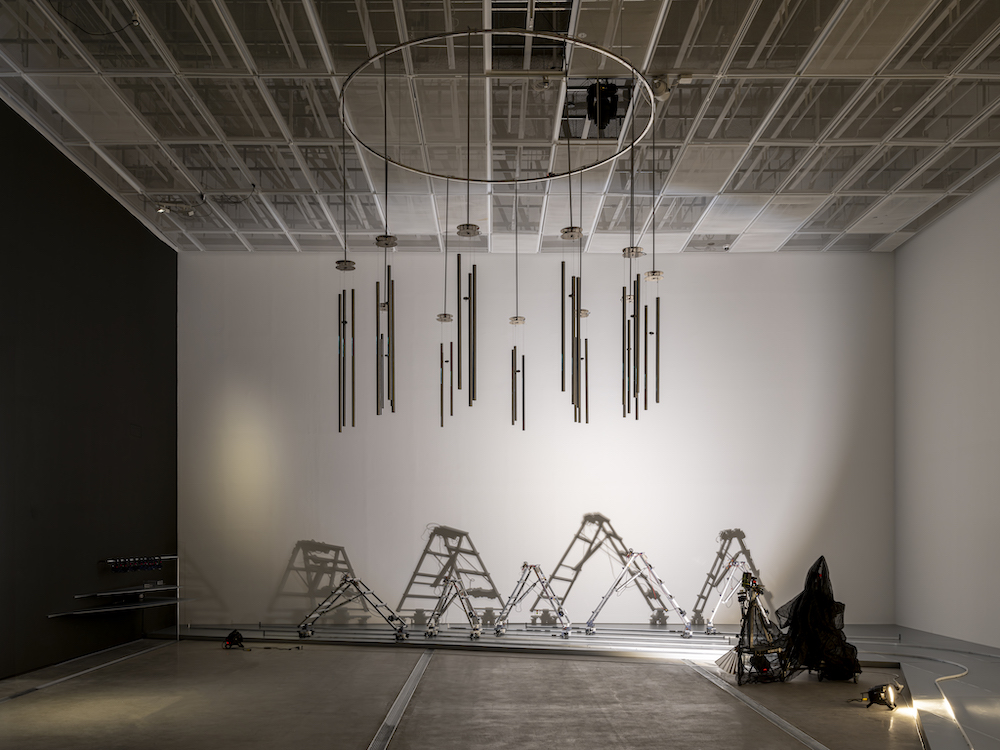 Installation view of Korea Artist Prize, courtesy of MMCA.
Installation view of Korea Artist Prize, courtesy of MMCA.
WW: You’re also in a PhD program at Cornell. What are you learning in the classroom that you’re applying to your role as a curator? Does being in a space of continued learning impact how you think of exhibiting artwork?
SL: After joining the museum in 2008, I curated the first exhibition of the museum’s media collection. At that time, the idea of specializing in media was still very new. After that, I curated several exhibitions and learned a lot in the field through various opportunities, but I realized that I really wanted to study for the sake of study before it was too late, so I went to Cornell University for a PhD program. It was a great opportunity to broaden my horizons by studying not only my previous fields of study, such as linguistics and art history, but also the history of technology, sociopolitical history of technology, and technology-related theory and philosophy.
The biggest thing I learned from being in a place with so many international students was how the same concepts in theory are understood in different ways in different places and times. I found it interesting to see how a theory is recognized and accepted differently as it spreads to different regions.
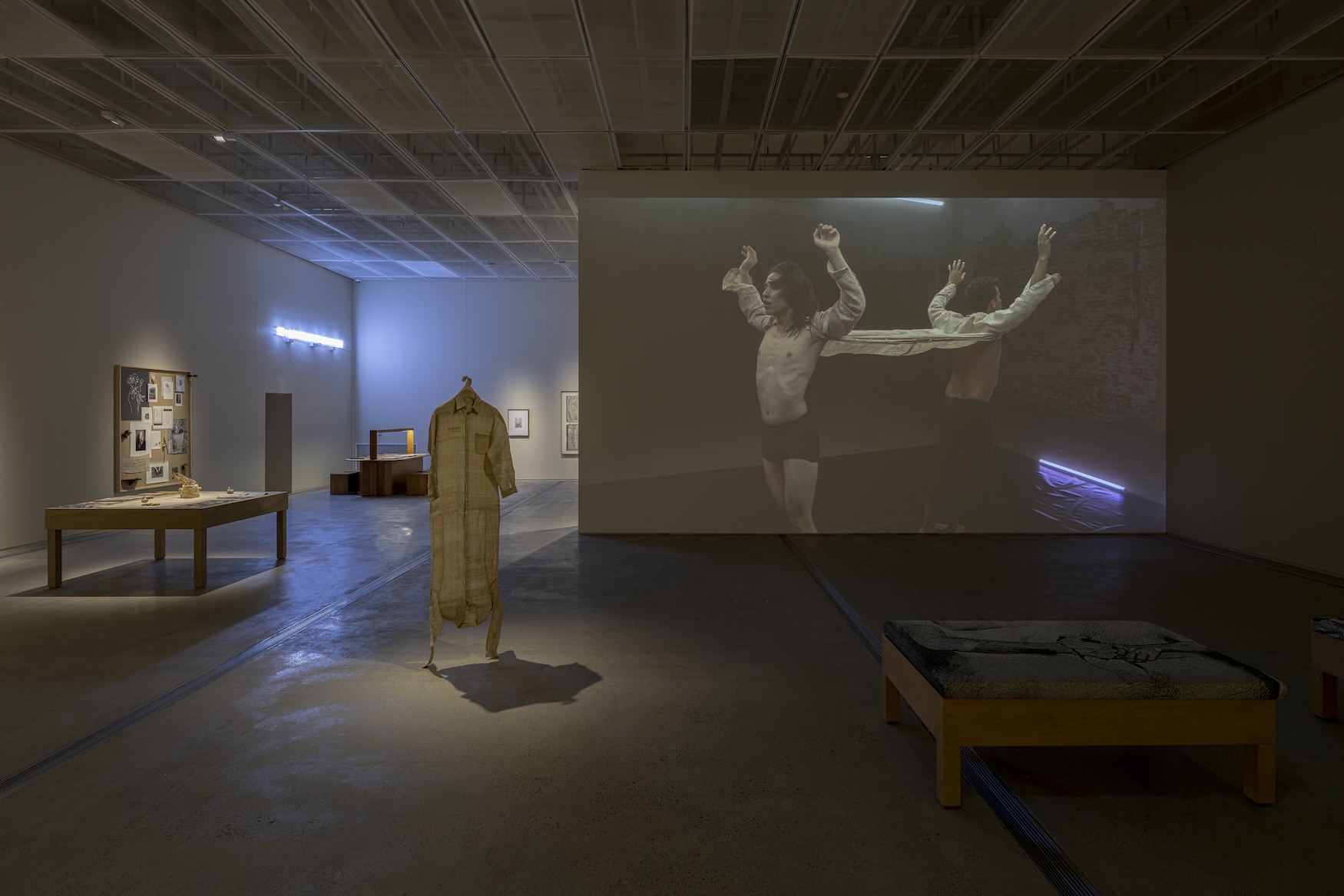 Installation view of Korea Artist Prize, courtesy of MMCA.
Installation view of Korea Artist Prize, courtesy of MMCA.
For example, in Korean art history in the 1990s, the terms “postcolonial” and “postmodernism” were all the rage, but the understanding of these terms was completely different from the emphasis in Latin America, Africa, and the Middle East; and the word “cyberspace” was used interchangeably with the word “plaza” in Korea due to the influence of Minjung Misul (People’s Art). These points apply not only to geography but also to time. It is impossible to fully read the art of the 1990s only from the perspective of the present, but at the same time, exhibiting it now can present new possibilities that could not be seen at that time.
Therefore, when I approach the works in the exhibition, I always think about diverse ways the context of these works can be read. There is a quote that I always remember: “The past and the future are alien planets.”
Soyoon Lee on Seoul’s Contemporary Art Scene
WW: How would you describe the art landscape in Seoul right now?
SL: The current art scene in Seoul is more boiling than ever. Especially after the pandemic, the art market has been reopened with the arrival of the international event Frieze Seoul, following the reopen of Gwangju Biennale and Busan Biennale. This direction is in line with the trend of popular culture, the so-called “Korean wave,” and everyone seems to be looking forward to the creation of a new bubble.
What is important in this situation is where the local art scene meets these international trends. Young artists and masters who have already left a big footprint in Korean art through Monochrome painting and Experiment art from the 1970s and the 1980s are thinking about it together, and I think it is more important that we share the ideas for a meeting point with international curators and directors we meet in Seoul.
“The current art scene in Seoul is more boiling than ever,”
— Sooyon Lee
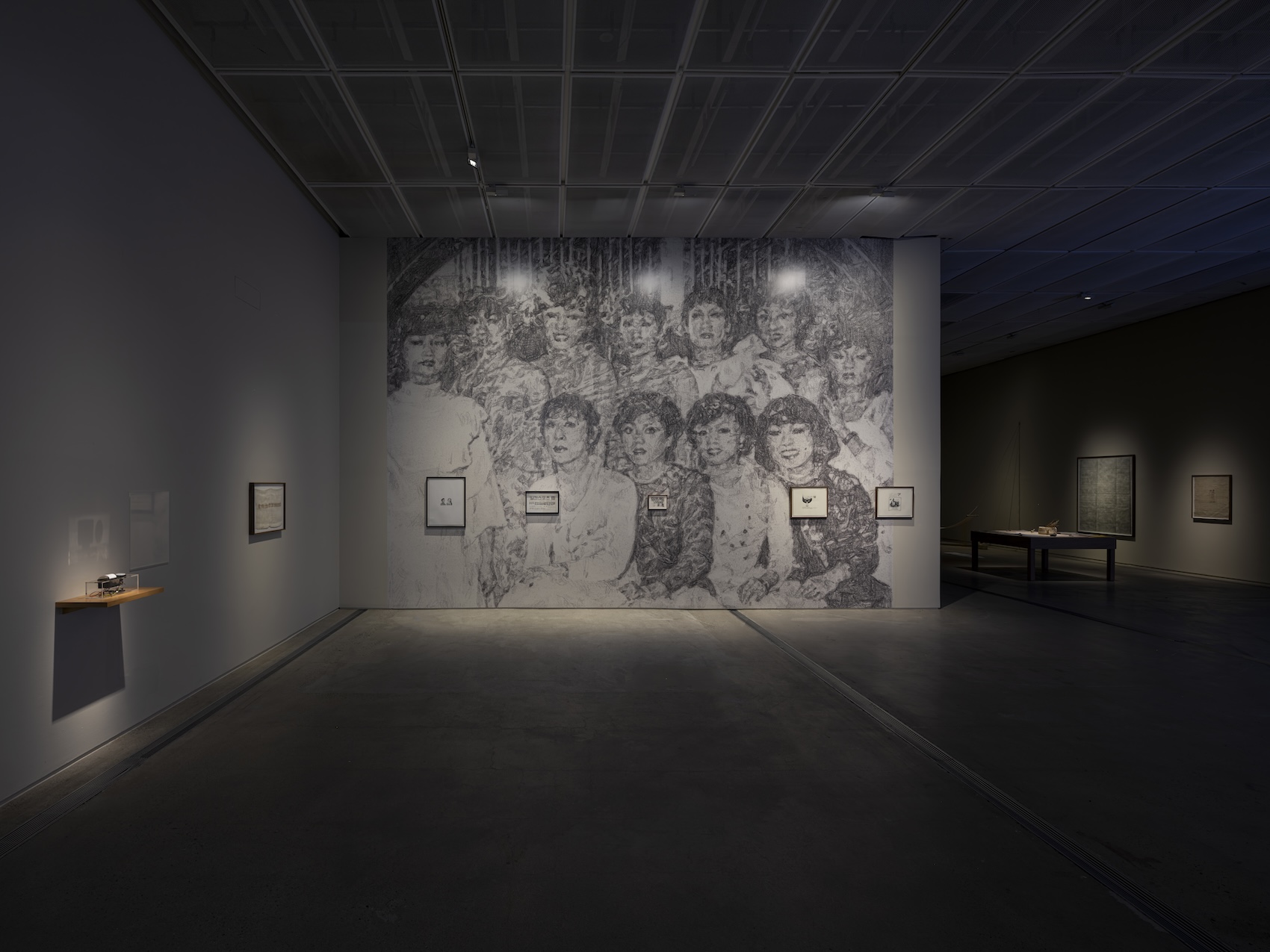 Installation view of Korea Artist Prize, courtesy of MMCA.
Installation view of Korea Artist Prize, courtesy of MMCA.
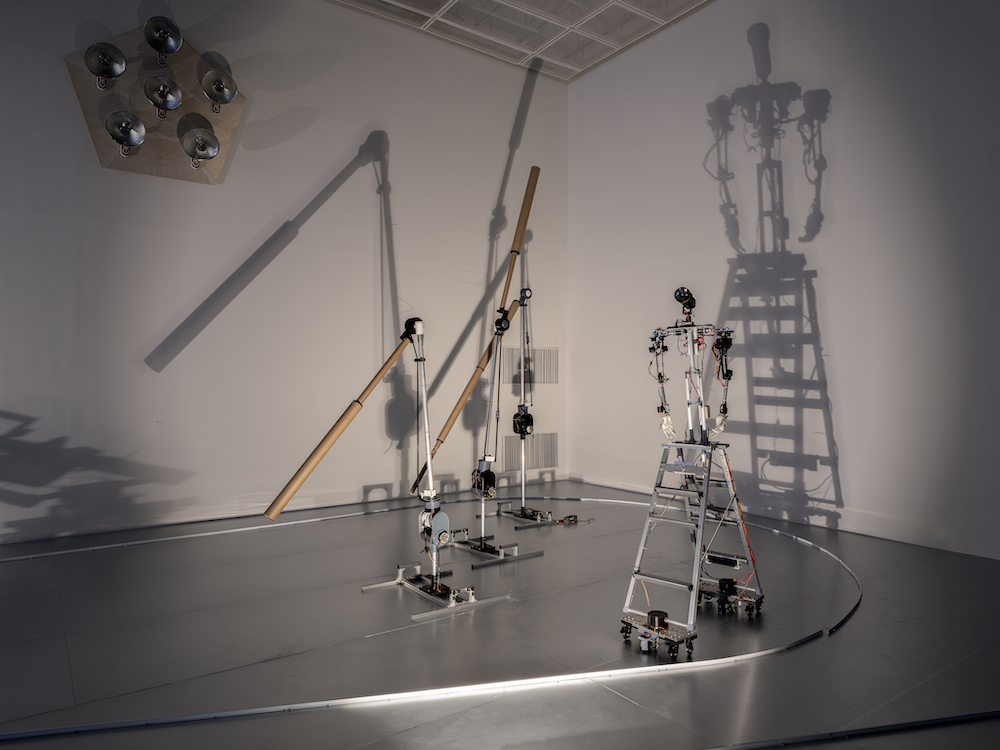 Installation view of Korea Artist Prize, courtesy of MMCA.
Installation view of Korea Artist Prize, courtesy of MMCA.







